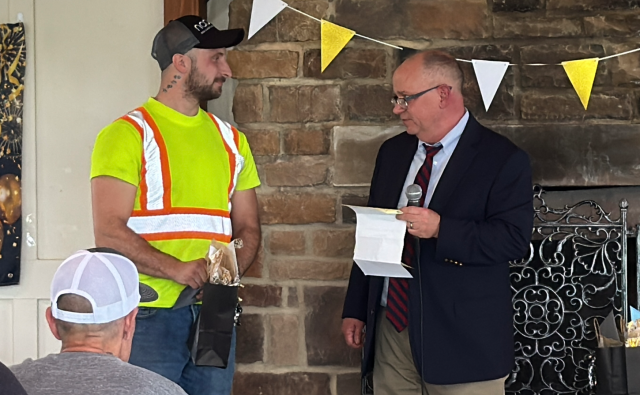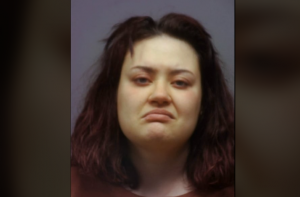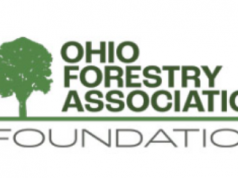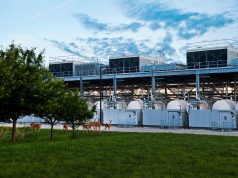
PICKAWAY COUNTY, OH – Under blue skies and heartfelt applause, Judges Elisa Peters and Matthew Chafin gathered Thursday afternoon, May 8, 2025, to celebrate a powerful milestone—sobriety. The graduation ceremony for Pickaway County’s Drug Recovery Court was held at 1:30 p.m. at the Starkey Pavilion in Mary Virginia Hanna Park, marking a proud moment for participants who have worked for over a year to transform their lives.
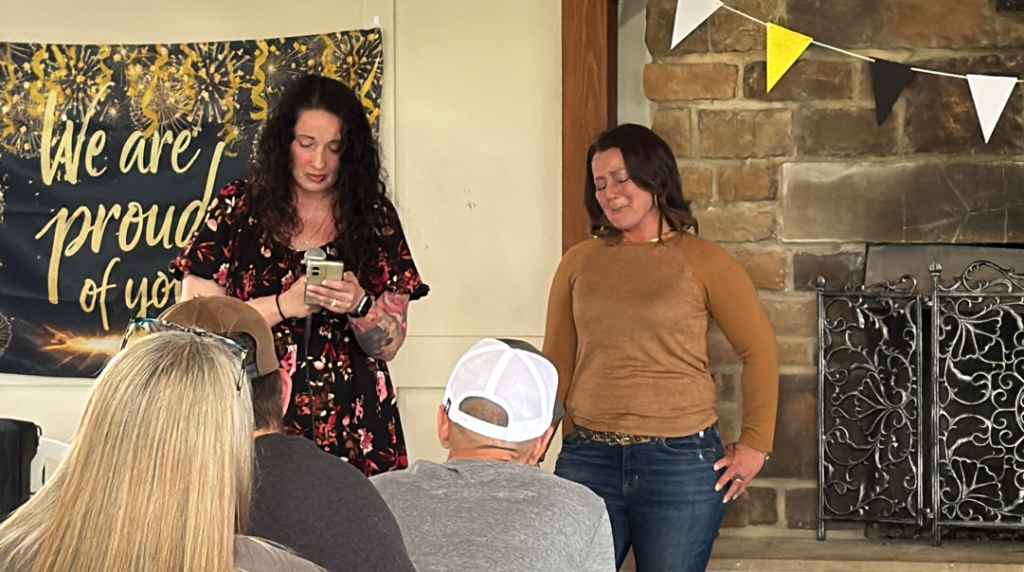
The event was more than a court proceeding—it was a celebration. Family members, support teams, and officials cheered as seven participants graduated from the intensive 12-month or 14-month program. Another is expected to graduate in the coming weeks.
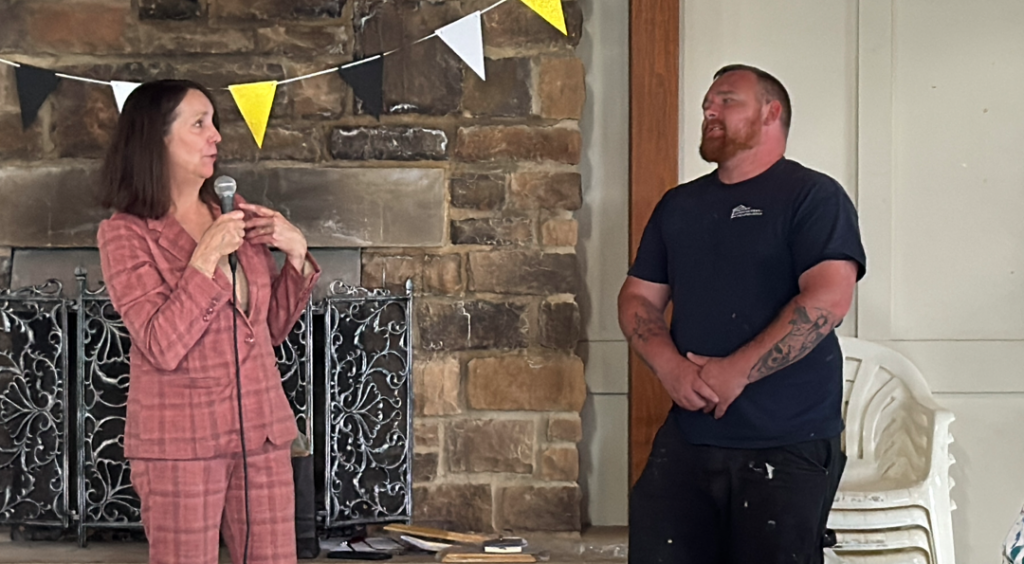
Guests enjoyed a catered meal and a celebratory cake, while Judges Peters and Chafin handed out milestone tokens to honor the graduates’ hard-earned achievements. Some participants had completed more than 500 clean drug tests during their time in the program, often being tested multiple times a week.
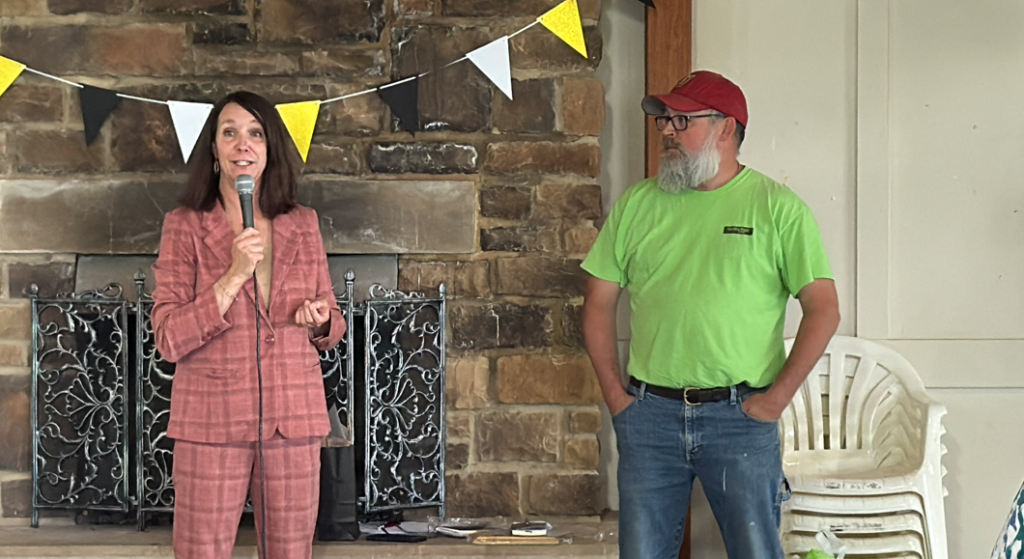
“You did well, truthfully,” said Judge Peters. “What else can we ask for? What could be more fulfilling than seeing people who want it, work for it, and achieve it?”
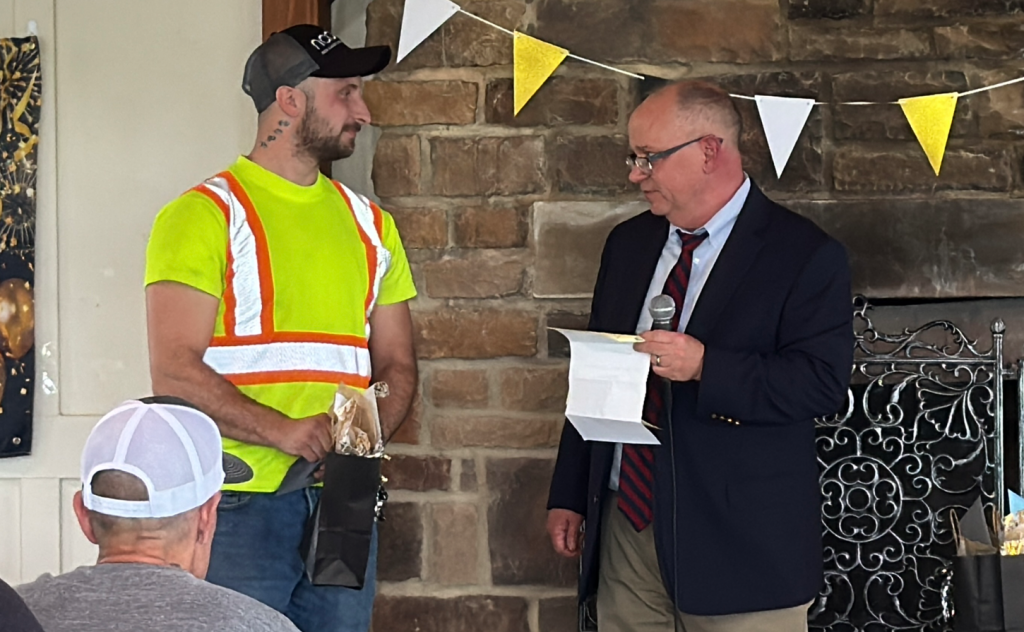
A Voluntary Path to Change
Pickaway County’s Recovery Court is unique in that it is not a sentencing tool—entry is voluntary. Both judges emphasized that participants must raise their hands and ask for help.
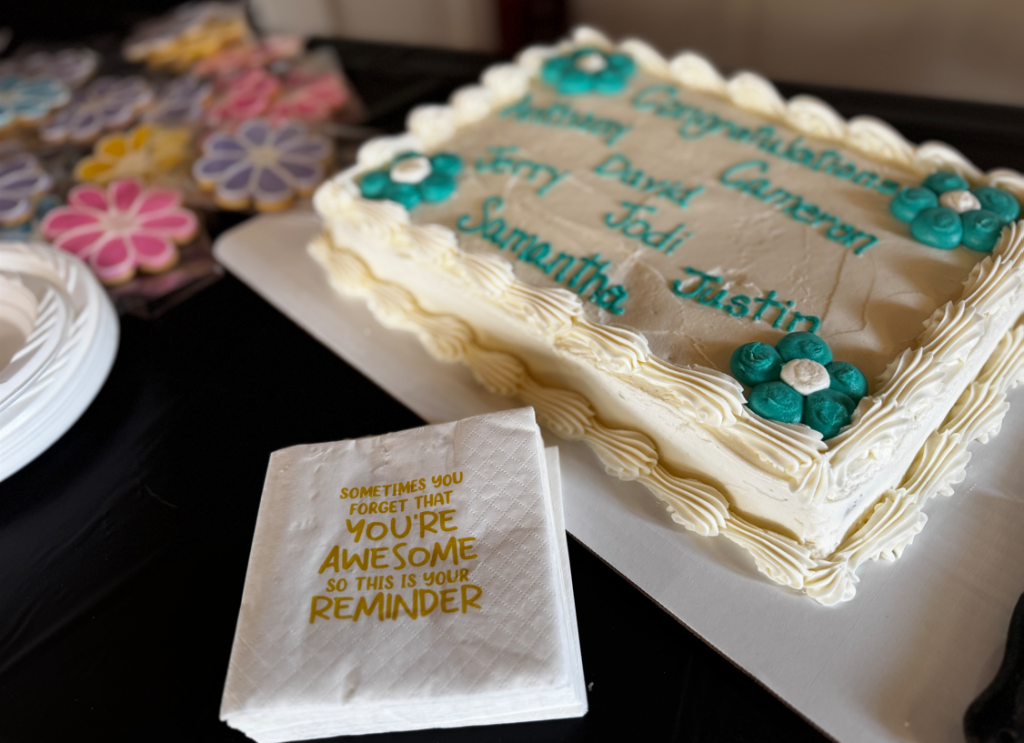
“This works because these are people who are saying, ‘I want to end this,’” said Judge Chafin. “Nobody’s being sentenced to our drug or recovery court. They want to make changes for themselves and their families.”
“This is saving people’s lives,” he continued. “I can’t be prouder to be involved. It’s a humbling experience, and I’m learning a lot from the people in this program.”
This is Judge Chafins first year as Pickaway Common Pleas Judge, he said wanted to continue this program for the unforseeable future.
A Structured Road to Sobriety
The Recovery Court program is divided into four phases and requires a minimum of 12/14 months to complete. Participants undergo frequent drug screenings—three times a week in early phases—regular check-ins with judges and probation officers, and extensive counseling.
“In the beginning, we don’t even want our people working,” said Judge Peters. “We focus on stability first. Many are in residential treatment during Phase One.”
As participants progress, the program gradually eases its structure to prepare them for independence—encouraging employment, license restoration, and reconnecting with family and community.
“Little things like a driver’s license can hold people back,” Peters added. “We do everything we can to help with those things too.”
Judges told us that they aim the participats towards local resources to help guide them to fix some of the issues that could hold them back from independance.
A Win for the Community
Judge Chafin also connected the program’s success to broader public safety.
“I’ve heard from residents who are frustrated by petty crimes—cars and barns getting broken into,” he said. “But instead of just locking people up, what if we change the people? This program does that.”
“The transformation is incredible,” he said. “It’s good for these individuals, their families, and our entire community.”
Looking Ahead
With five current participants and room for more, the judges said they are committed to growing the program—but with a continued focus on individualized care.
“We invest a lot of emotional time into this,” Peters said. “It’s not something you can scale quickly, because every person matters.”
As the ceremony concluded, smiles, hugs, and tears filled the pavilion—proof that change is not only possible, but happening right here in Pickaway County. Full coverage video of the program is below.



